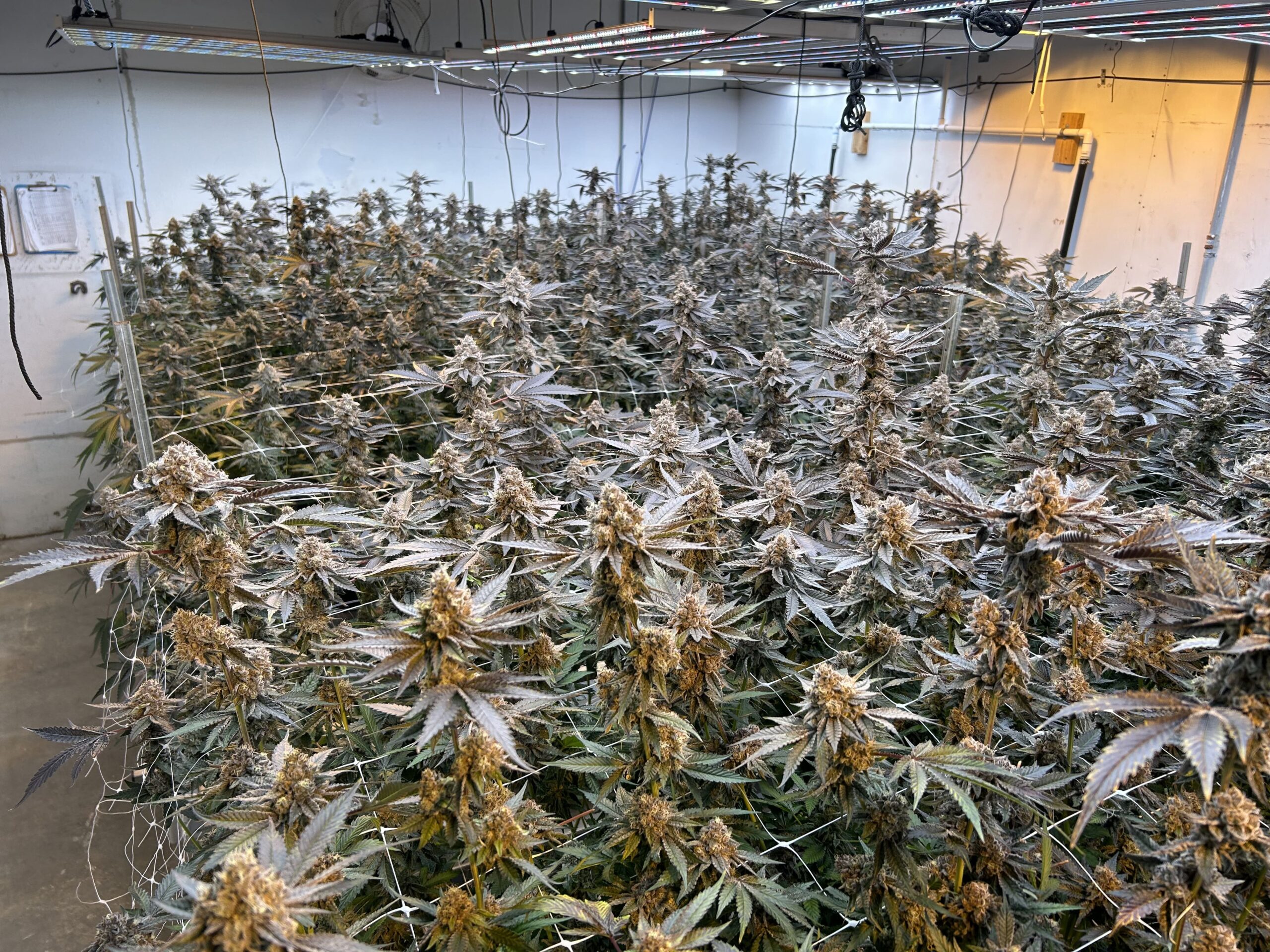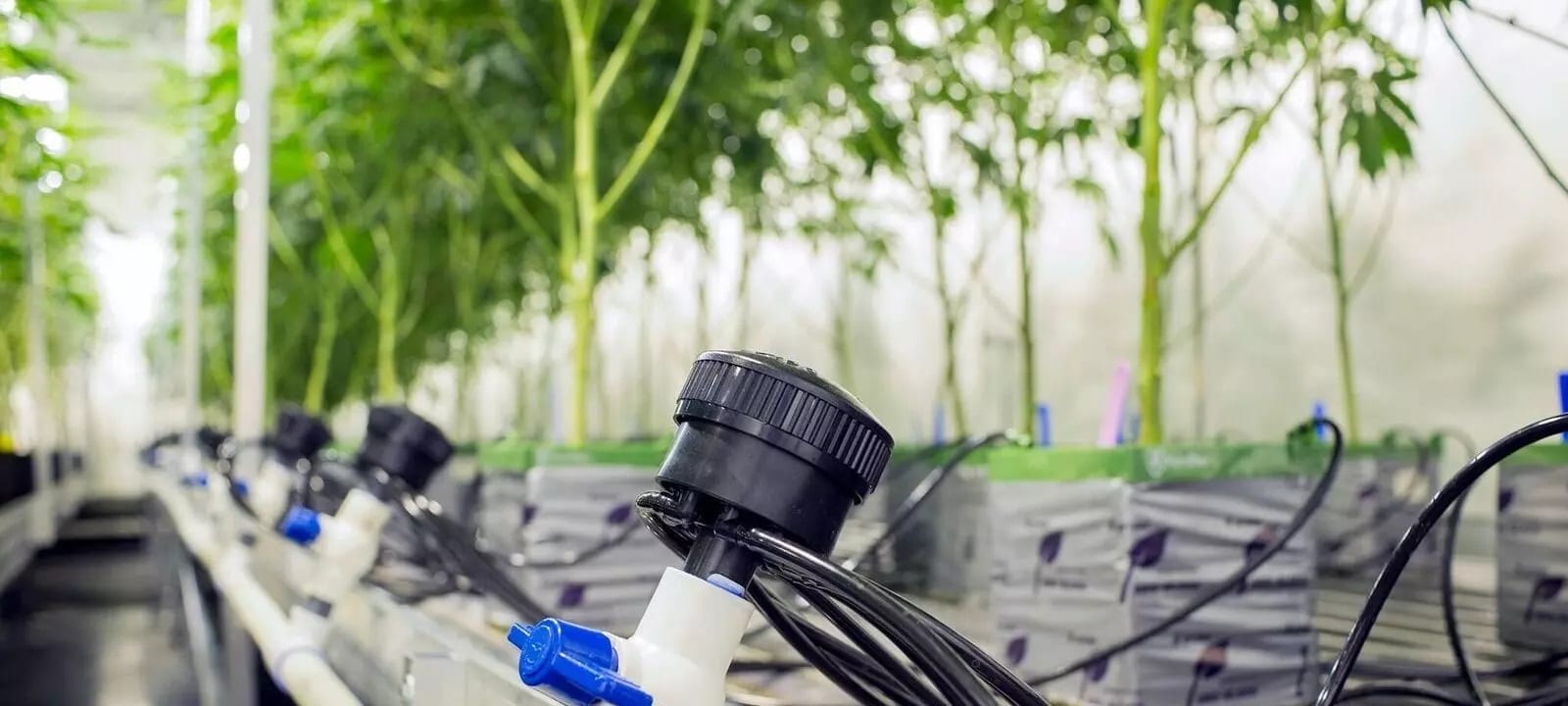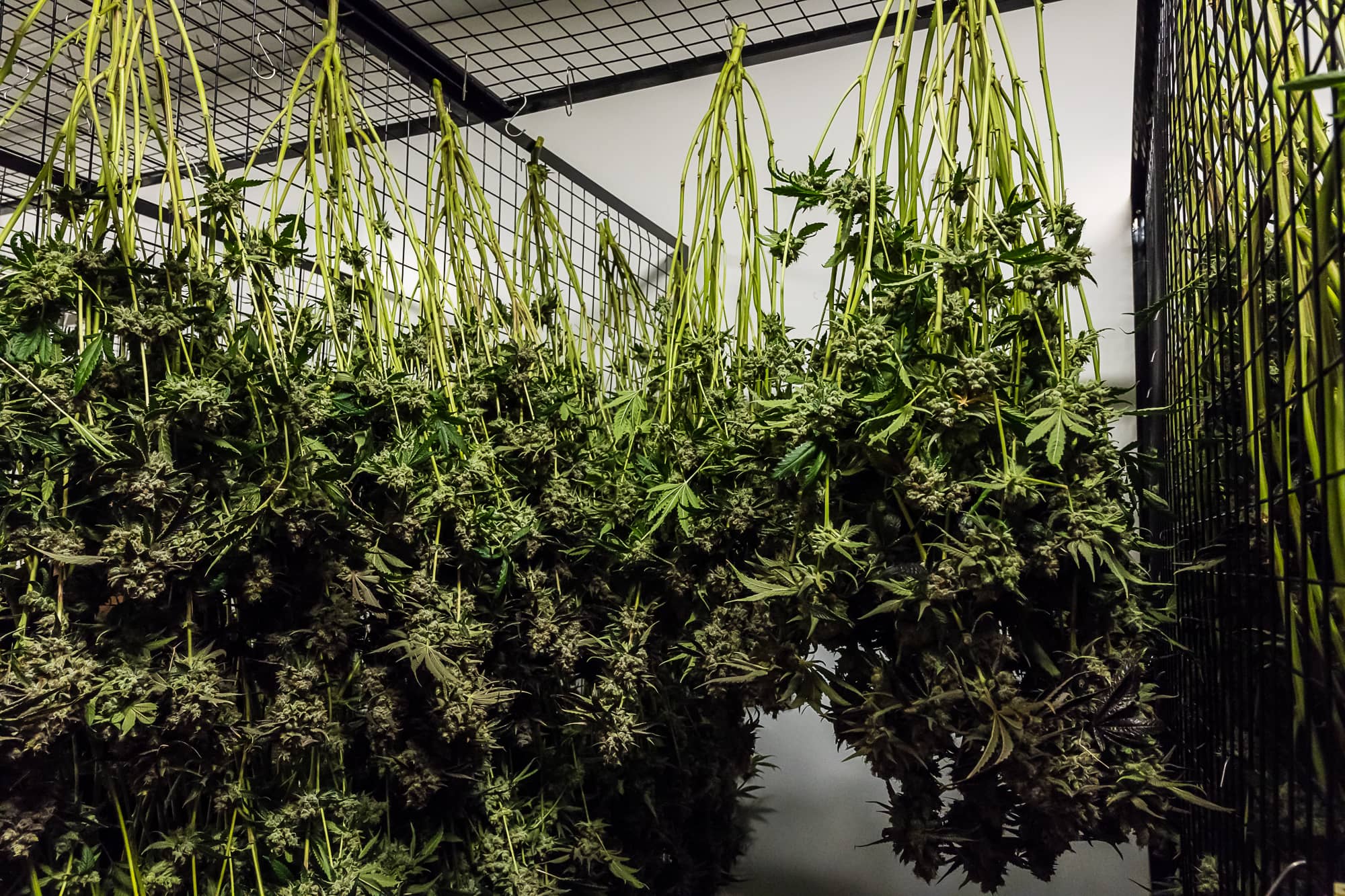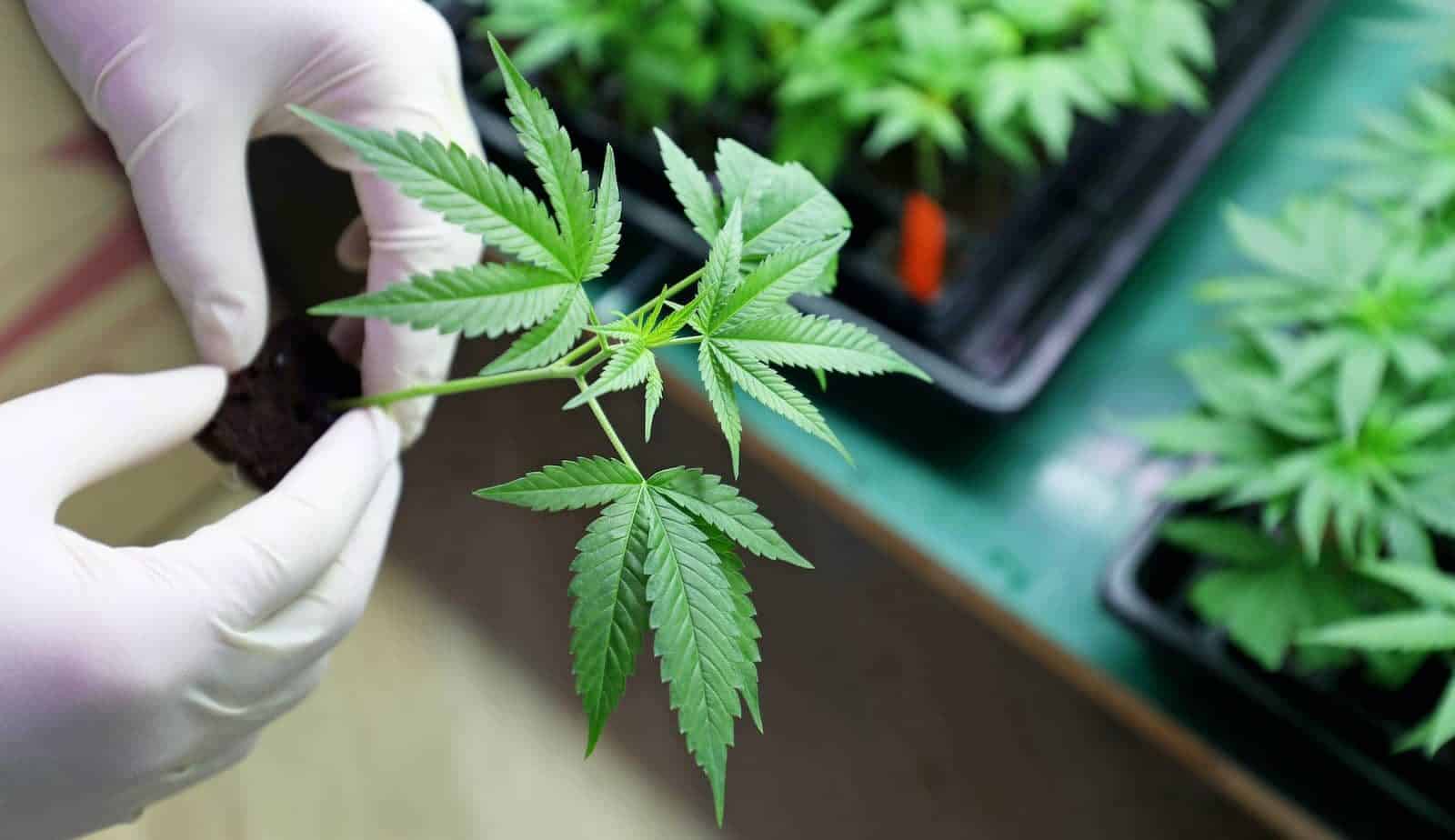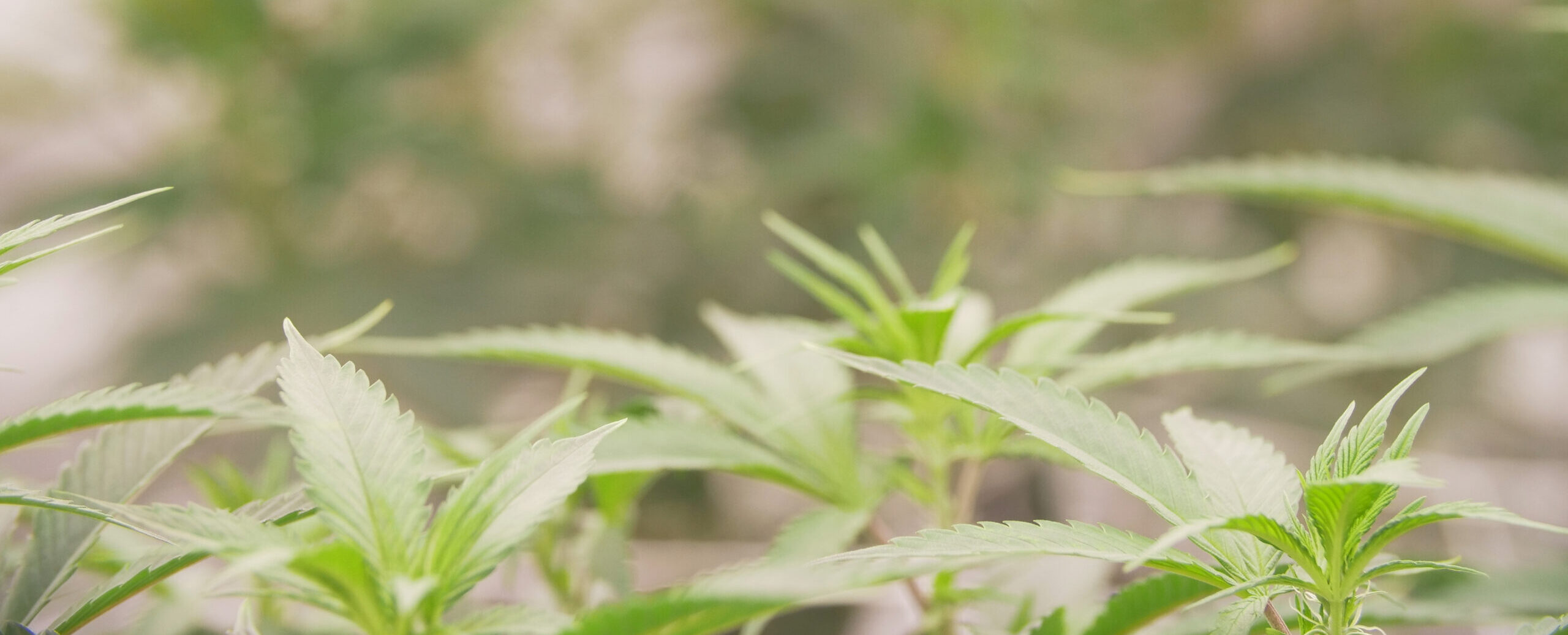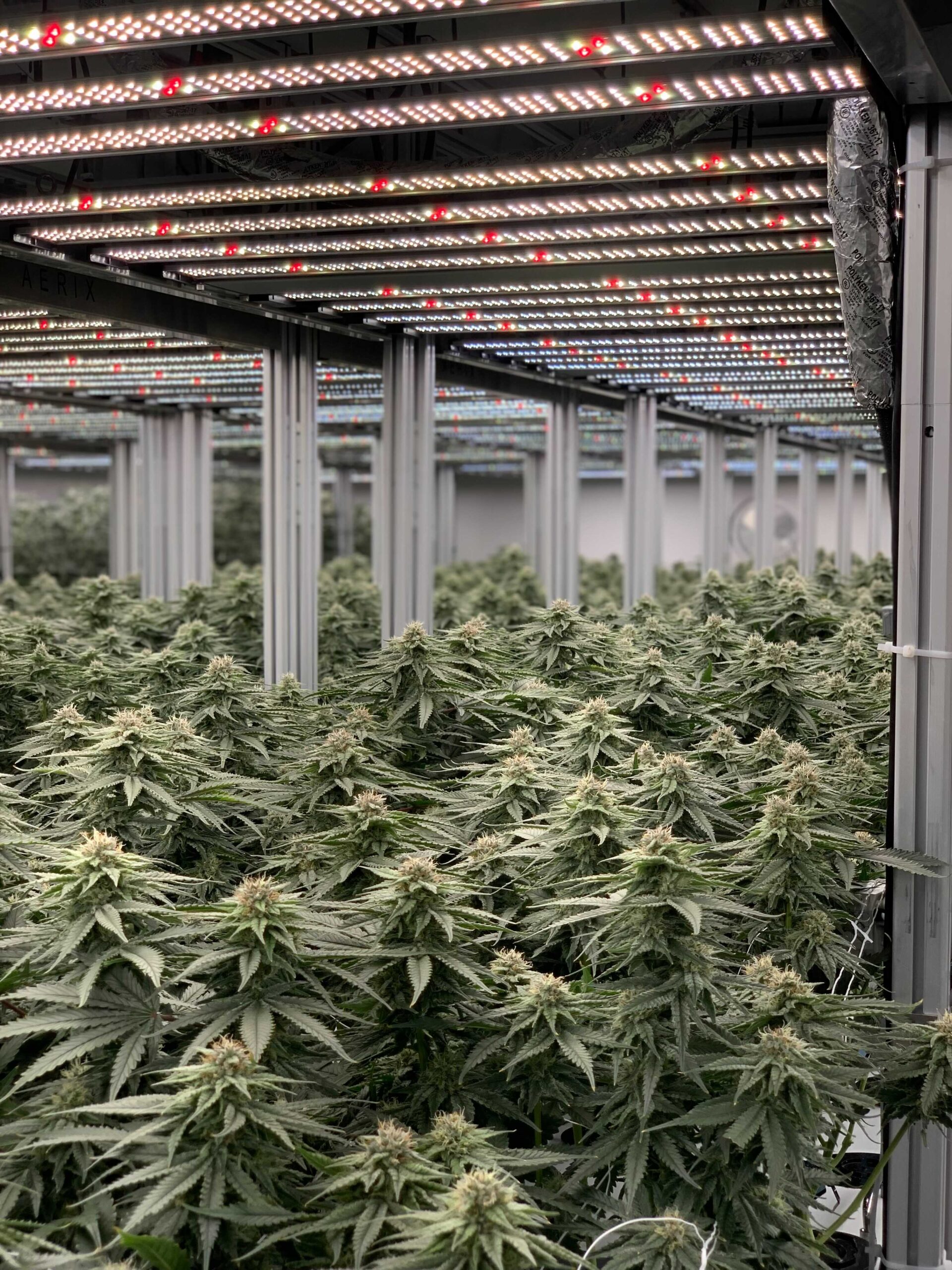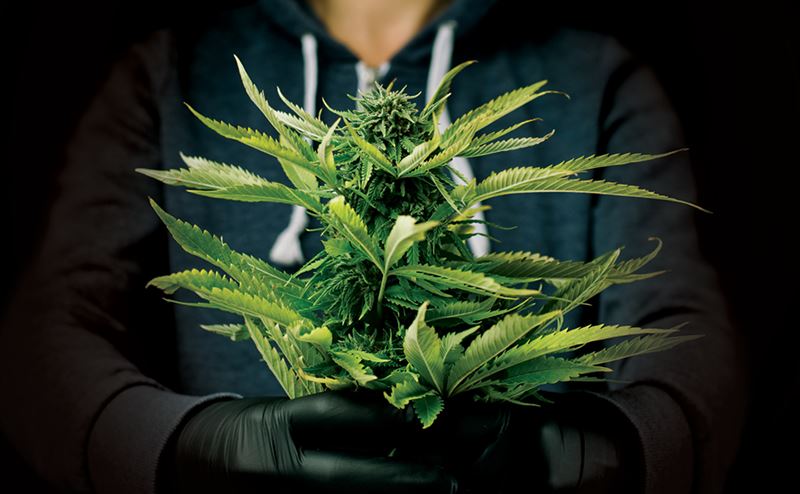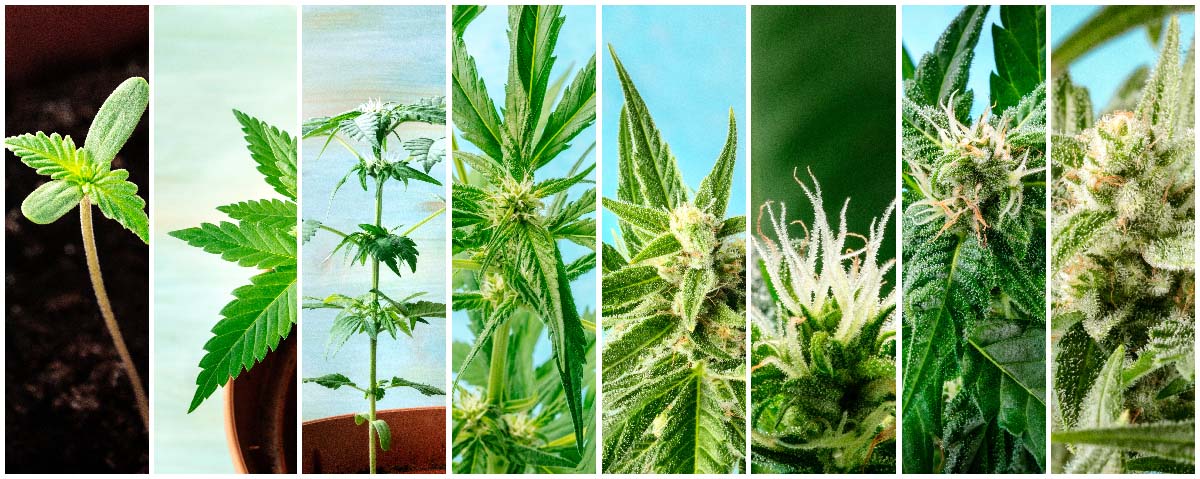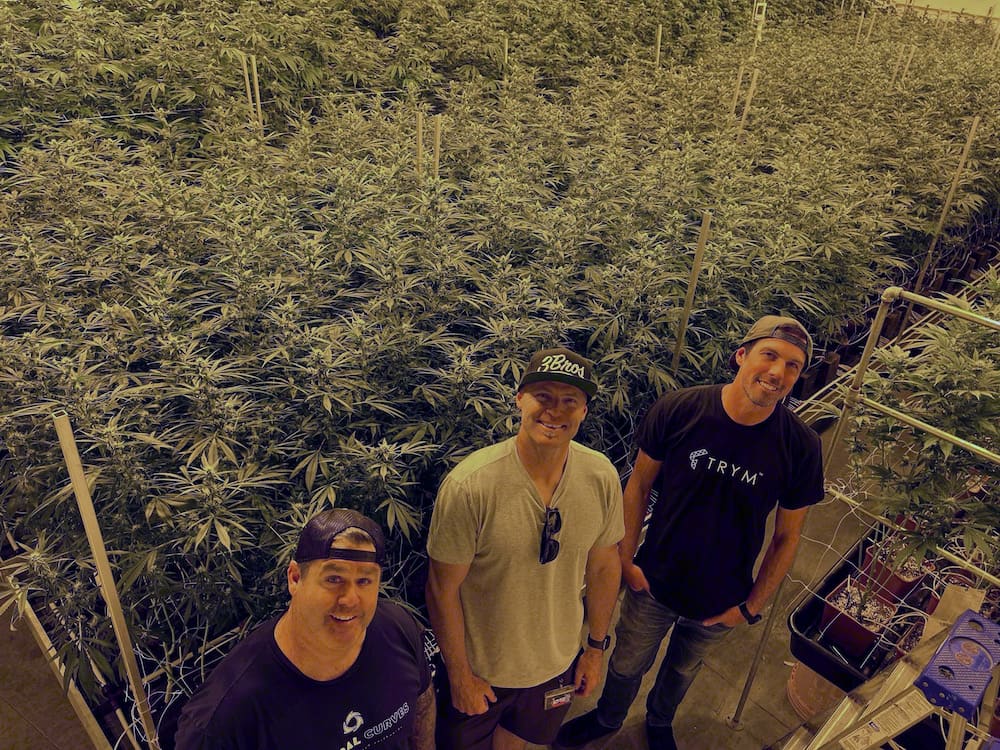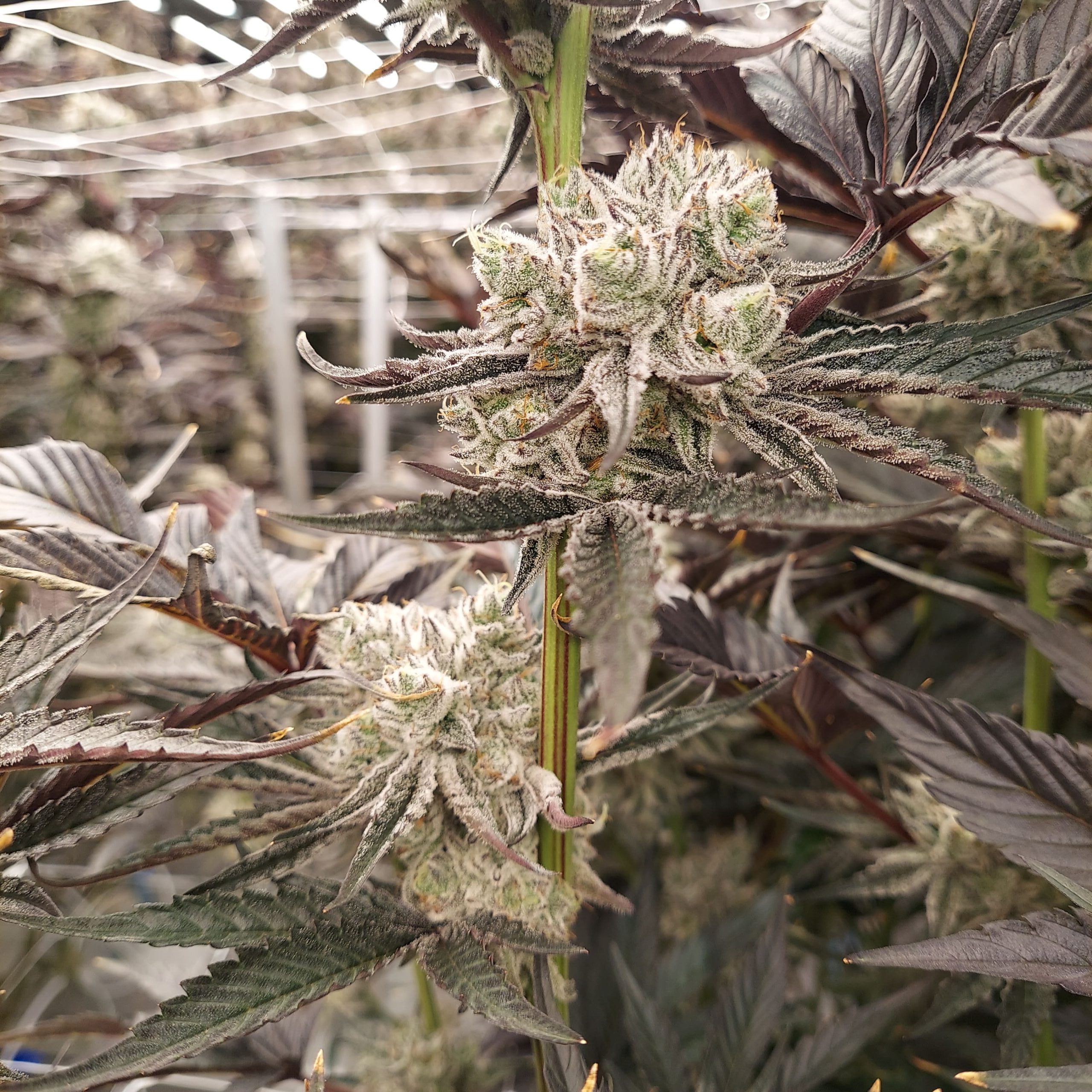
Expanding Michigan Market
The year 2022 will go down as a momentous year for the cannabis market in Michigan. In December, sales reached an all-time high of $135 million in recreational cannabis purchases, while medical marijuana sales were roughly $33 million.
“Michigan’s marijuana industry grew substantially in 2021 and seems to be entering an era where the stability of supply and consumer prices appears to have been achieved”
Andrew Brisbo, director of the Marijuana Regulatory Agency
Number of Cultivation licenses x3 in 2021
In 2021, the number of marijuana cultivation licenses in Michigan rose dramatically. 451 licenses were given out in January, and by December, that number had increased to 1,130. The state’s plant allowance dropped from a million to 1.75 million at the end of the year as a result of this change.
Metrc was chosen by the Michigan government as their track and trace system. MRA, the regulatory agency, issues both Medical and Adult-Use licenses because the state has had a caregiver program for many years.
When regulations are well defined, Metrc’s workflows may be confusing. Those who produce compliance standards have never cultivated cannabis, resulting in process guidelines that aren’t always the most common sense for growers.
When it comes to working with growers in Michigan, we’ve discovered a few helpful hints and ideas.
5 Metrc Tips for Michigan Cultivators
1. Establish Good Recordkeeping Procedures
If you’re a cultivator with both Medical and Adult-Use licenses, keep track of things separately for each side of the business. Cash flow records, bills and receipts are all examples of this. Furthermore, a Metrc inventory vs general ledger reconciliation will reveal mistakes and process changes that need to be addressed.
If the state finds an inconsistency in your data, and you don’t have a rationale or evidence to support your procedure, you may be audited and fined heavily.
2. Get Approval from MRA First!
From time to time, cultivators with both license types (Medical and Adult-Use) move cannabis material between their licenses.
Seeds, tissue cultures, and clones can all be carried over the regular route in Metrc, but plants are a special case. Businesses moving from a Medical to Adult-Use facility cannot take more than 50% of all plants with them. Operators must seek permission from MRA to move plants.
To transfer plants between your licenses, send an email to MRA-compliance@Michigan.gov with the subject line “Request to transfer product to equivalent license”. Make sure to provide:
- License numbers of both the transferring facility and the one receiving the plants
- The package tag number, weight, and name of product
- A statement that the transfer request does not exceed 50% of the company’s current plant inventory
A good recordkeeping and accurate inventory balances allow you to feel confident that your transfers are correct.
3. The RIGHT Way to Dispose of Cannabis Waste
A cultivation facility may encounter several forms of cannabis waste. It might be a huge bag of leaves after a successful deleafing day, plants that were not going to survive, or the stems and leaves from harvesting.
In Michigan, any cannabis waste you want to get rid of must be changed into genuine trash, per state rules. Cannabis refuse must be combined with food scraps, leaves, vegetable-based grease or oils, or other compostable materials that have been authorized.
As stated in #2, any occurrences that are not typical require pre-approval.
The proportion of the listed dilutants must be greater than 50% of the resulting mixture, and disposal may be done at a variety of places, such as landfills, composting facilities, or municipal incinerators.
The rules also allow for compost feedstock or another organic technique at the production facility, but you must first obtain permission from the agency.
4. Create a Metrc reporting process and assign team roles
Too many cooks in the kitchen might impede the results, as the adage goes. Hiring a compliance manager is standard procedure if the operation is large. The cultivation manager may take on the Metrc admin role for smaller teams.
The fewer people who tamper with compliance data, the less human error and misunderstanding there will be. Most blunders may be corrected, but they will result in aggravation and time reverting them with Metrc staff.
The effectiveness and profitability of a business’s operations rely on the integrity and clarity of its procedures. In addition to defining the position and responsibility for compliance reporting, also define when data should be physically entered into the system. Having your compliance officer or administrator review the work done by the cultivation team every evening and report those events is often a good workflow.
5. Make Friends with Your Local Regulators
Last but not least, is tip #5. We are all adjusting to the rules in a new and changing field. That includes the regulators themselves! We’ve seen regulators change their rules to make cultivators’ process flows more efficient. Simply because it was worded one way didn’t mean it made real-world sense.
So, we suggest to get on good terms with your local regulator! There are a lot of kinks to work out in cannabis regulation. Metrc and reporting rules in one’s state might seem overly complicated and not represent how it is truly done at the farm. Other times, laws can be interpreted in various ways, and require clarification. You can start a discussion about best practices by getting in touch with your area’s regulator.
A good acronym to remember is CYA. Cover. Your. Ass. Get it in writing if you obtain permission for a certain procedure. E-mail or a paper letter will suffice. To stay in good standing, establish a positive working relationship with them. You want to make it easy for both parties to communicate openly.
Do you want to learn more about Cultivating with Metrc in Michigan?

